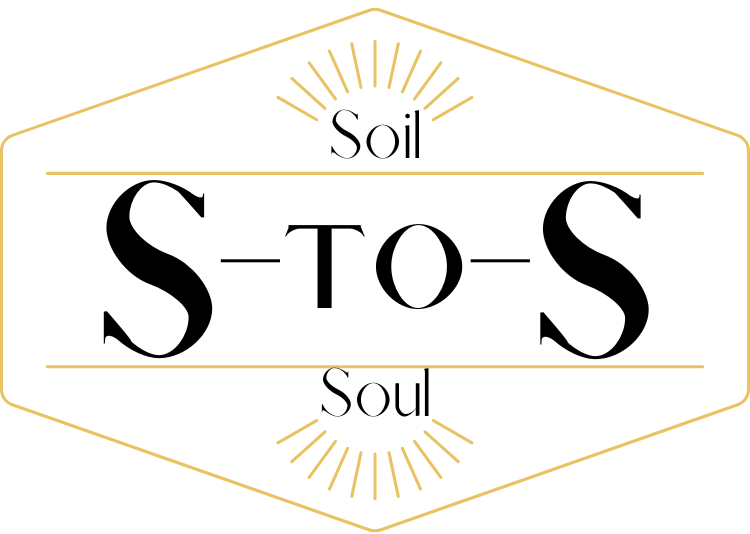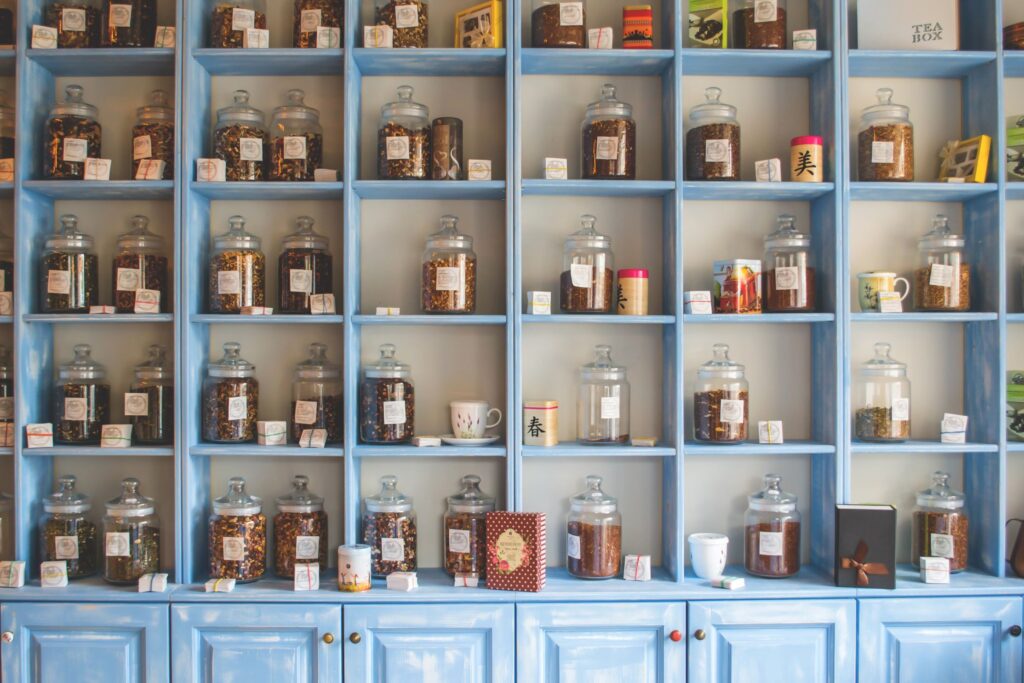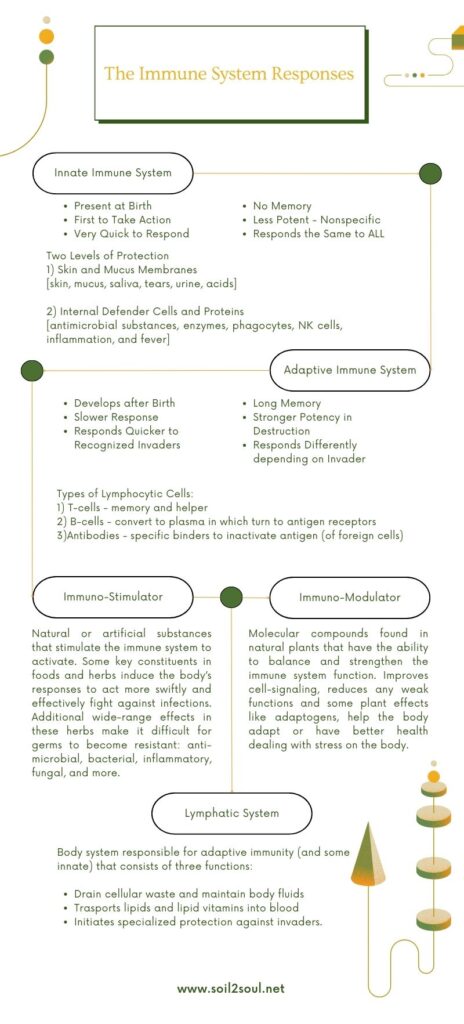The Body’s Working Wonder: Immune System
The immune system (IS), the wonderful efficient integrated network involves many types of cells, tissues, and organs. Primary lymphatic organs, bone marrow and thymus, are where immune T- and B- cells are produced and mature. Secondary lymphatic organs like lymph nodes, spleen, tonsils, and small intestine Peyer’s patches, are sites where most immune responses occur. Classified into two immunity responses that have each a different and specific role, yet not strictly separated – each system works closely together to tackle potential disrupters.
Innate Immune System
Innate (nonspecific) immunity refers to defenses that are present at birth and provides rapid response with imminent but an incomplete defense against all foreign invaders. It lacks the capability to distinguish recognition between self (own cells and tissues) and non-self (foreign molecules and microbes). The innate does not have long-lived memory. Included into this system are two lines of defense: First line of defense are skin and mucous membranes, while Second line of defense include phagocytes (most abundant), natural killer (NK) cells, inflammation, fever and antimicrobial substances/complement system.
Adaptive Immune System
The adaptive (specific) immunity involves specific recognition of an invader that the innate immunity cannot destroy. Alerted and activated either via chemical signals (cytokines and chemokines) or recognizing antigen presentation. After being “alerted,” utilizing the second abundant immune cells, lymphocytes (T and B) proliferate (divide) and become specialized (differentiated). B cells convert into plasma cells which break down into antibody receptors to act as recognizers of specific antigens – vital to identify non-self-invaders. Whereas T cells mature into specialized helper cells, like memory cells. This acquired response is generally slower initially, however becomes much quicker and stronger when exposed a second time to foreign antigens.
Lymphatic System
Body system responsible for adaptive immunity (and some innate) that consists of three functions:
- Drain excess interstitial fluids and protein by-products back into blood
- Trasport dietary fat-soluble vitamins once absorbed in GI tract
- Carries out our immune responses, as seen above in both innate and adaptive.
When we approach supporting our immune system, we must remember that your environment plays a major role in your healing. Once we take the steps to get that boost think about it this way. There are three approaches to consider:
- First, we want to strengthen the body’s health overall using nutritious food, good lifestyle habits, and immune-tonic herbs.
- Second, at early signs of infection (i.e. sniffles or body aches), take action to boost the immune function so our responses can act quicker and fight germs and toxic debris off faster – drink water, rest often, limit sugars and inflammatory foods, and reduce stress.
- Third, we want to prevent long term infection by taking herbs that have direct antimicrobial actions. Fortunately, most herbs and foods with antimicrobial effects include various other compounds that make it difficult for germs to stick around.
These last two tasks will be the primary focus of the next parts in this series. We will be identifying key foods and herbs that are commonly found in local grocery stores and some that can be foraged in wild suburban environments (taking foraging 101 practices into consideration of course) that may help overcome common flu symptoms and support immune function.
Two very important actions natural plant compounds can have on our immune system function are stimulators or modulators:
Immunostimulant
A substance such as drugs and nutrients, that trigger the immune system to activate or increase its activity. Such stimulants can be naturally found in our human body, constituents in plants and foods, and/or artificially injected through vaccines. Primarily foods, herbs and spices that are immunostimulators induce the body’s responses to act more swiftly and effectively fight against infections, similarly some of these same immune stimulants may have direct antiviral, antibacterial and/or antifungal effects.
Immunomodulators
A particular class of molecules that tend to provide the ability to balance and strengthen the immune system function. These have the effect of improving cell-signaling and reduce any weak functions. Adaptogens, a category of plants with actions that help your body adapt or have better health dealing with stress on the body, would be classified as a type of modulator.
Great, now we have an idea of how that system works and what steps we may need to take to give that amazing system an ‘umph’ to triumph those seasonal flu’s, or better yet prevent them from taking hold in your body.
References:
- Tortora GJ, Derrickson B. Introduction to the Human Body : The Essentials of Anatomy and Physiology. John Wiley & Sons; 2015.
- Maria Noël Groves. Body into Balance : An Herbal Guide to Holistic Self-Care. Storey Publishing; 2016.
- Yatim KM, Lakkis FG. A Brief Journey through the Immune System. Clinical Journal of the American Society of Nephrology : CJASN. 2015;10(7):1274-1281. doi:https://doi.org/10.2215/CJN.10031014
- Catanzaro M, Corsini E, Rosini M, Racchi M, Lanni C. Immunomodulators Inspired by Nature: A Review on Curcumin and Echinacea. Molecules. 2018;23(11):2778. doi:https://doi.org/10.3390/molecules23112778
- org [Internet]. Cologne, Germany: Institute for Quality and Efficiency in Health Care (IQWiG);The innate and adaptive immune systems; 2006-2023.


